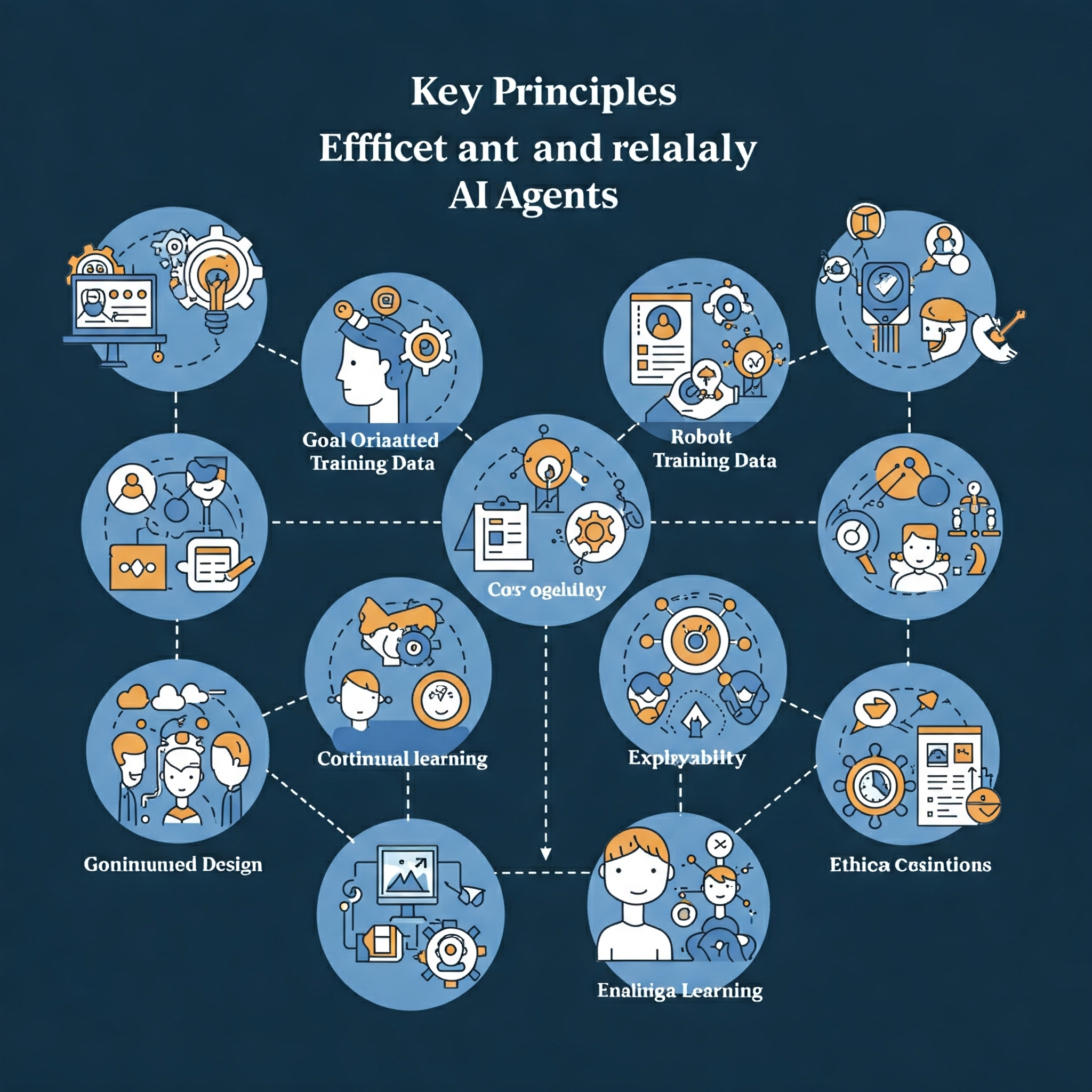Best Practices for Building AI Agents
When creating an AI agent, we want it not only to work but also to be efficient and as reliable as possible. I've identified several principles that, in my opinion, will help achieve this goal.
Define Tasks Clearly
An AI agent, or more precisely the LLM behind it, performs best when focused on one specific task. Make sure this task is clearly defined. Don't leave room for the model to make assumptions. If you use date formats or different file structures, describe in detail what you expect. Examples work best here.
Prefer Deterministic Logic
AI agents are still software applications. It's worth remembering this and using a programmatic approach where possible. This will allow you to control the application and ensure its repeatability, while also avoiding unwanted errors.
Code Example
// Instead of letting the LLM decide the format
// Define it clearly in your code
function formatResponse(data) {
return {
status: data.success ? "SUCCESS" : "ERROR",
timestamp: new Date().toISOString(),
result: data.content
};
}
Simplify Processes
If an AI agent has to perform very complex processes, it will likely do so incorrectly. Simplifying them not only increases the agent's effectiveness but also reduces delays and associated costs.
Ensure Proper Logging
Be sure to implement logging for the tools used by your agent, especially in error scenarios. This will allow for faster debugging of the non-deterministic nature of LLMs. It will be much easier for you to find potential solutions if you have access to the agent's reasoning process.
Summary
AI Agents should be viewed as regular applications that sometimes behave unexpectedly. This is due to the nature of LLMs, but there are ways to tame this nature. By following the principles above when creating an AI Agent, you can avoid most problems and facilitate its implementation and further development.
